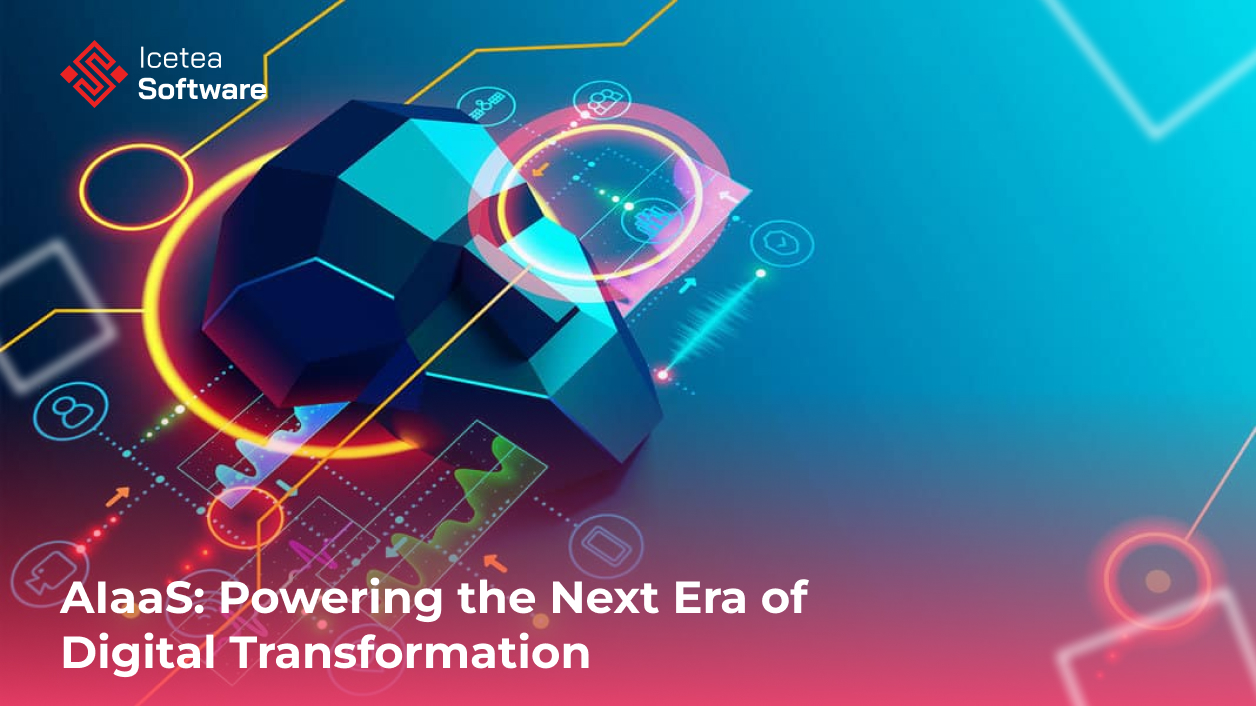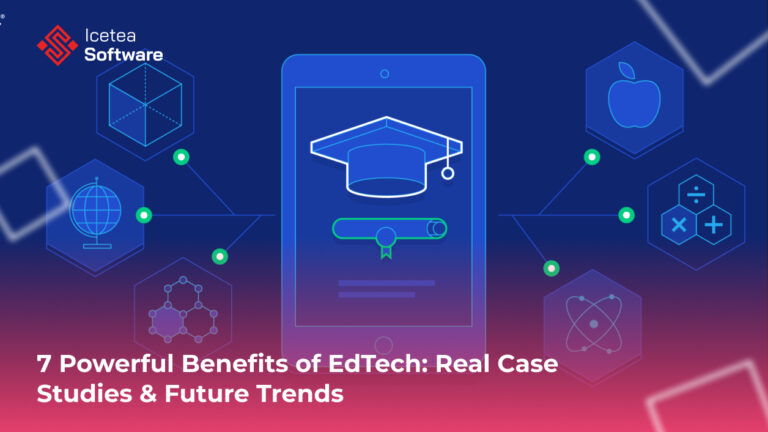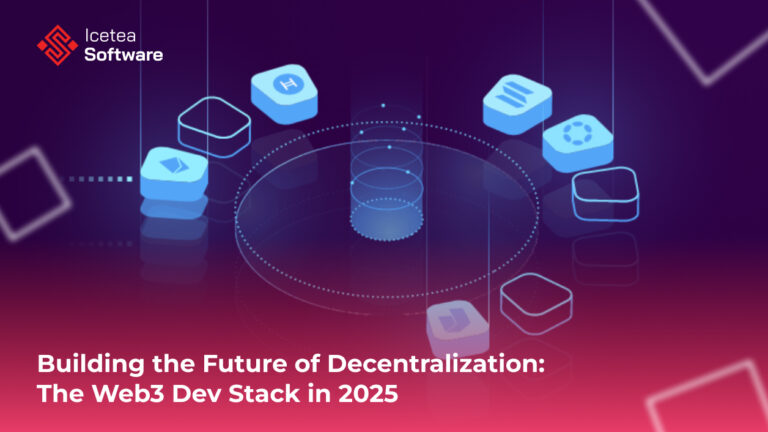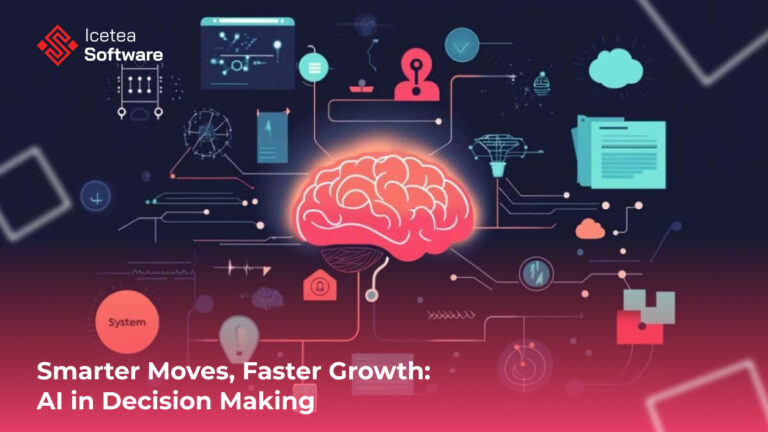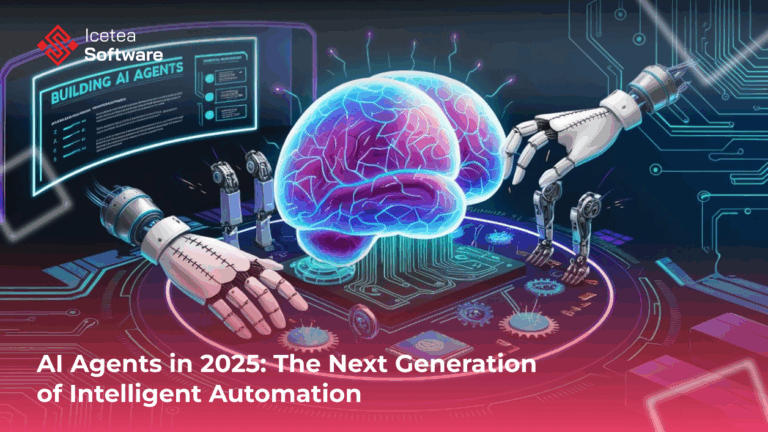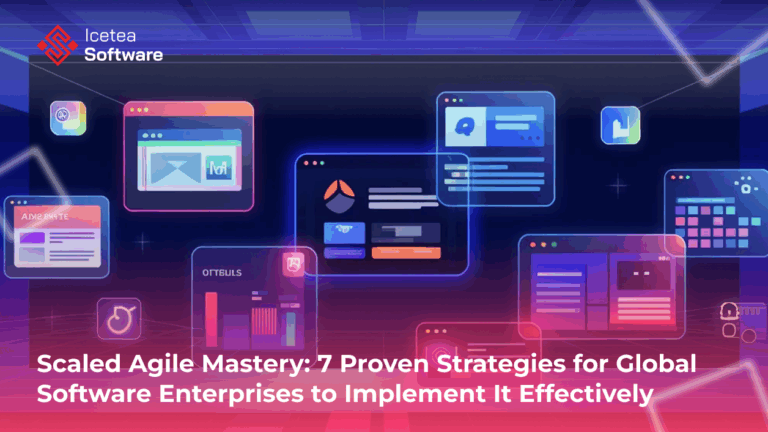AIaaS: Powering the Next Era of Digital Transformation
Artificial Intelligence (AI) is no longer a distant, futuristic concept—it is now at the heart of modern digital transformation. As businesses seek to stay competitive, efficient, and innovative, they are increasingly looking toward AI as a Service (AIaaS) to accelerate their AI adoption without the burden of building solutions from scratch. AIaaS is rapidly becoming…
Artificial Intelligence (AI) is no longer a distant, futuristic concept—it is now at the heart of modern digital transformation. As businesses seek to stay competitive, efficient, and innovative, they are increasingly looking toward AI as a Service (AIaaS) to accelerate their AI adoption without the burden of building solutions from scratch. AIaaS is rapidly becoming one of the most disruptive forces in the enterprise technology landscape, democratizing AI by making it more accessible, scalable, and cost-effective.
This article explores the essence, benefits, key types, market leaders, and implications of AI as a Service, combining insights from recent industry analyses and developments.
What Is AI as a Service (AIaaS)?
At its core, AI as a Service is a cloud-based service model where third-party vendors offer AI tools and infrastructure via APIs or platforms. Businesses, regardless of size or technical sophistication, can rent these services rather than build or maintain them in-house. This reduces both the financial and operational barriers associated with traditional AI implementation.
AIaaS falls under the broader “as a service” model, alongside Infrastructure as a Service (IaaS) and Platform as a Service (PaaS). It enables businesses to experiment with machine learning (ML), natural language processing (NLP), computer vision, and other AI capabilities without making a heavy upfront investment in talent, hardware, or software.
Why AIaaS Is the Next Big Thing
1. Data Is No Longer the Bottleneck
One of the historical challenges for AI development was the scarcity of relevant, high-quality data. Machine learning algorithms require vast datasets to identify patterns, learn behaviors, and make accurate predictions. However, Big Tech companies like Google, Amazon, Microsoft, Apple, and IBM have solved this problem by amassing and structuring enormous data repositories over the years.
With hundreds of millions of daily users across their ecosystems—think Google Home, Alexa, Siri, and other connected services—these companies generate real-time data in quantities never imagined before. This treasure trove of data has become the fuel for sophisticated AI models, and by packaging their models and infrastructure into AIaaS offerings, tech giants are commercializing AI at scale.
2. Democratizing AI for All Businesses
According to a Gartner survey, 70% of enterprises want AI to handle everything from problem-solving and research to computations and process automation. Yet, a persistent challenge for most companies is the lack of skilled AI professionals and the cost of developing custom AI infrastructure.
AIaaS breaks down these barriers in several ways:
- No-code or low-code platforms: Many AIaaS tools offer interfaces that require minimal or no coding, making them accessible to non-technical users.
- Plug-and-play models: Services like Google Cloud AutoML or Amazon SageMaker allow developers to train and deploy AI models with minimal expertise.
- Pre-trained APIs: Companies can integrate capabilities such as speech recognition, sentiment analysis, and image classification through simple API calls—no need to build from scratch.
3. Reduced Time-to-Market and Cost
Before the rise of AIaaS, deploying an AI solution required months of development, large capital expenditure, and specialized infrastructure (especially high-performance GPUs). Today, that process is condensed into days or weeks thanks to AIaaS providers.
For instance:
- Amazon SageMaker’s Managed Spot Training can reduce training costs by up to 90%.
- Microsoft Azure Data Lake dynamically allocates computing resources based on real-time needs, following a pay-per-use model.
- Serverless computing has eliminated the need for businesses to invest in physical infrastructure, offering scalability and agility at a fraction of the traditional cost.
As a result, small and medium-sized enterprises (SMEs)—which previously lacked the resources for AI adoption—can now build and scale AI solutions affordably.
Key Benefits of AIaaS
AIaaS delivers a multitude of business advantages:
1. Ease of Use and Accessibility
AIaaS platforms are typically user-friendly, well-documented, and immediately accessible. Pre-packaged tools and models are ready to deploy, saving developers from starting at ground zero.
2. Advanced Infrastructure on Demand
With AIaaS, businesses no longer need to build expensive hardware clusters or GPU farms. Leading cloud vendors offer state-of-the-art infrastructure that is maintained, upgraded, and optimized for AI workloads.
3. Scalability
Whether you’re piloting a small AI project or launching a large-scale deployment, AIaaS allows seamless scale-up or scale-down capabilities without significant changes in architecture.
4. Focus on Core Competencies
Instead of pouring time and resources into building backend AI capabilities, businesses can concentrate on their core offerings while outsourcing complex AI tasks to specialized vendors.
5. Customizability and Flexibility
While many AIaaS tools offer out-of-the-box capabilities, they are also highly customizable. Organizations can train models on their own data, develop unique AI workflows, and integrate AI into existing platforms with ease.
Types of AIaaS Solutions
AIaaS comes in various forms, each catering to specific needs:
1. Chatbots
Chatbots are among the most visible and widely adopted AIaaS applications. They use natural language processing (NLP) to simulate human-like conversations and are commonly deployed in customer service, e-commerce, and finance.
By automating responses to routine inquiries, chatbots reduce the workload on human agents and improve customer satisfaction.
2. APIs for Cognitive Services
APIs serve as bridges between applications and AI capabilities. Most cloud providers offer AI-powered APIs for:
- Natural Language Processing (e.g., Google Cloud Natural Language API)
- Speech Recognition
- Computer Vision (e.g., Amazon Rekognition)
- Translation
- Search and Knowledge Mapping
- Conversational AI
These APIs make it easy for developers to embed intelligent features into apps, websites, and workflows.
3. Machine Learning Platforms
AIaaS also includes fully managed ML platforms that offer end-to-end pipelines—from data ingestion and model building to training, testing, and deployment. These platforms support:
- Custom model training on enterprise data
- Automated model tuning and optimization
- Model lifecycle management (MLOps)
Services like Google AI Platform, Microsoft Azure ML, and IBM Watson Studio are popular choices for businesses looking to leverage machine learning at scale.
AIaaS vs. MLaaS: Understanding the Difference
While Machine Learning as a Service (MLaaS) is often grouped under AIaaS, they are not the same.
- MLaaS provides tools for building and training machine learning models—focused mainly on prediction, classification, and pattern recognition.
- AIaaS, in contrast, encompasses a broader range of capabilities, including reasoning, decision-making, and learning. It integrates multiple technologies like ML, NLP, robotics, and vision systems to deliver cognitive, human-like experiences.
Thus, while MLaaS solves data challenges through statistical modeling, AIaaS aims to mimic human intelligence, enabling machines to adapt, respond, and evolve.
How AIaaS Will Disrupt Industries and Experiences
The ripple effects of AIaaS will be felt across nearly every industry:
1. Faster Product Development
With ready-to-use AI tools, businesses can launch AI-enhanced products in record time, slashing the development cycle from months to weeks or even days.
2. Smarter Digital Experiences
AIaaS empowers applications with real-time personalization, contextual awareness, and intelligent decision-making. For example, Google Translate leverages AI to auto-detect input languages and applies AR overlays for real-time translation of scanned text.
3. Enhanced Data Utilization
AIaaS connects to cloud-native data sources, allowing companies to harness structured and unstructured data for advanced analytics, predictive modeling, and customer insights.
4. Integration Across Emerging Technologies
AIaaS acts as the glue that binds multiple advanced technologies:
- IoT devices powered by AI can adapt to user behavior
- Driverless cars use AI for navigation, prediction, and safety
- Drones and robotics rely on AIaaS for decision-making
- AR/VR systems integrate AI for immersive user interaction
AIaaS enables cross-technology innovation, leading to smarter, more connected ecosystems.
The Competitive Landscape: A Billion-Dollar Race
Tech giants are investing billions of dollars annually in AI research to dominate the AIaaS market. According to industry insiders, the competition isn’t just about selling services—it’s about owning the future of intelligence.
Here are some major players and their AIaaS offerings:
- Google Cloud AI – AutoML, AI Hub, Vertex AI
- Amazon Web Services (AWS) – SageMaker, Rekognition, Comprehend
- Microsoft Azure AI – Azure Cognitive Services, Azure ML
- IBM Watson – Watson Assistant, Watson Discovery, Watson Studio
- Salesforce Einstein – AI for CRM and customer engagement
These companies are not only delivering AI tools but also shaping the rules, ethics, and governance of AI adoption globally.
Final Thoughts
AIaaS is more than a technology trend—it is a fundamental shift in how businesses leverage intelligence. From cost-efficiency and scalability to faster innovation and intuitive user experiences, AIaaS is enabling companies to become smarter, faster, and more customer-centric.
As the barriers to AI adoption continue to fall, the most successful enterprises will be those that recognize AI not just as a tool but as a strategic enabler—one that drives operational excellence, unlocks new revenue streams, and keeps them ahead in the ever-evolving digital race.
The future of business is intelligent. And AI as a Service is the gateway.
————————–
𝗜𝗰𝗲𝘁𝗲𝗮 𝗦𝗼𝗳𝘁𝘄𝗮𝗿𝗲 – Cutting Edge Technologies!
Website: iceteasoftware.com
LinkedIn: linkedin.com/company/iceteasoftware
Facebook: Icetea Software
